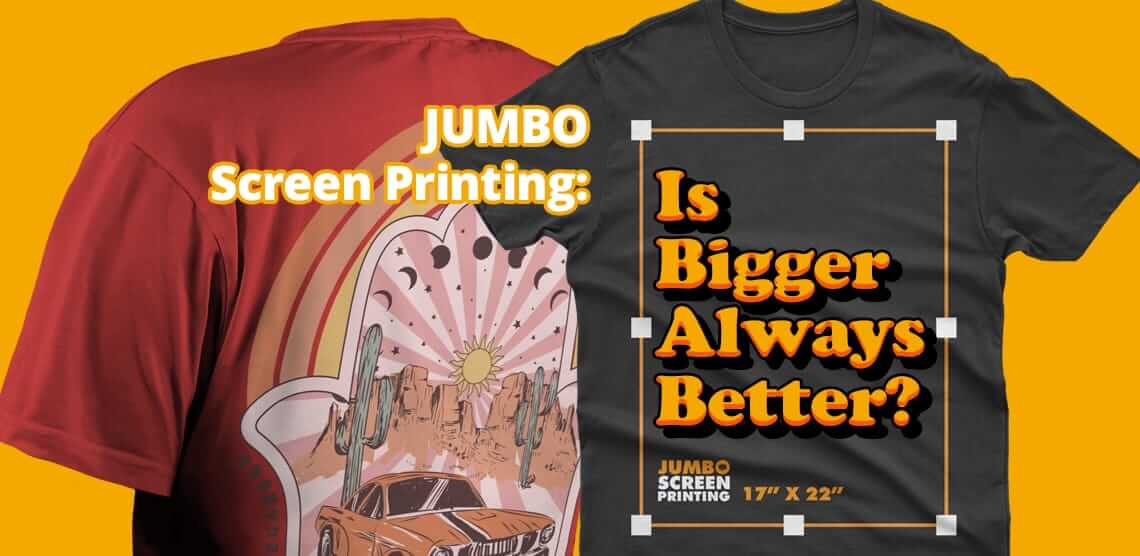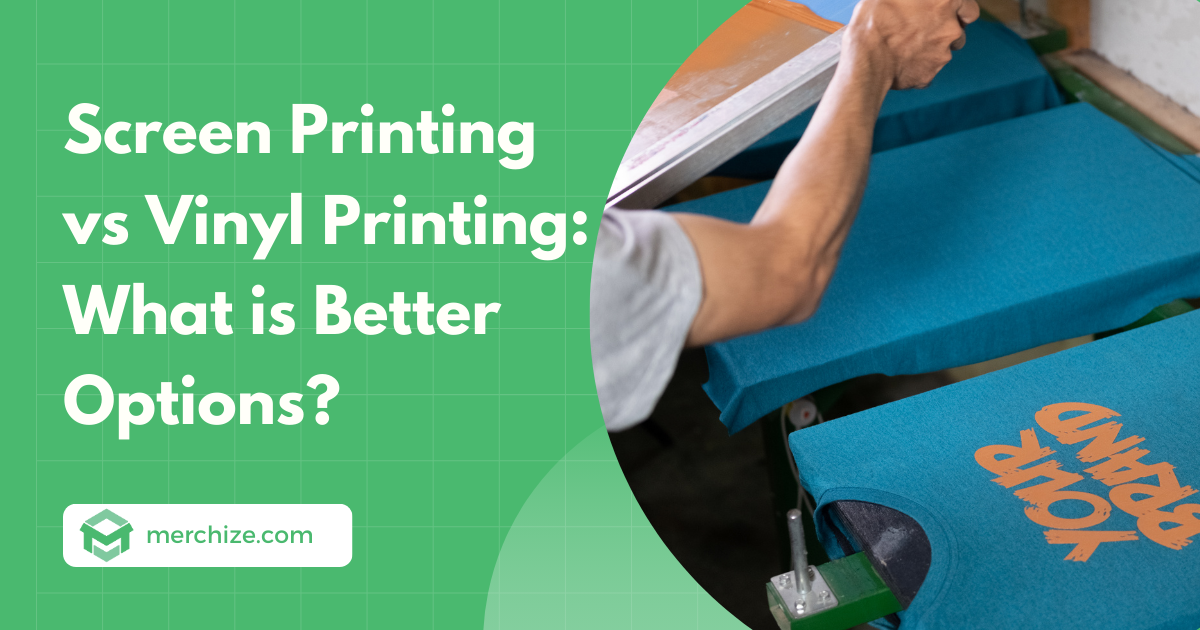Not known Factual Statements About Tx Tees
Not known Factual Statements About Tx Tees
Blog Article
Getting The Tx Tees To Work
Table of ContentsLittle Known Facts About Tx Tees.Fascination About Tx TeesGet This Report about Tx TeesThe Basic Principles Of Tx Tees How Tx Tees can Save You Time, Stress, and Money.Little Known Facts About Tx Tees.How Tx Tees can Save You Time, Stress, and Money.
Include up other expenses, like the number of utilities it takes to run the store and the cost of ink and solution per design. Take the print listed below.The solution needs to only be a few cents considering that you 'd just need to coat one screen for this task. Just how much should you bill per t shirt to make a profit? Typically, printers try to make up to 45% revenue on a print work. Here's a table to assist you figure out that: complete price per item percent of desired profit as a decimal (example:.25 or.45) revenue made per product per task Now let's discuss the productivity of DTF.

With DTF, you can publish a handful of tee shirts, or just one. Both display printing and DTF have their specific niches in the world.
Tx Tees for Beginners
The very best method to recognize? Ask around and see what print shops like yours are doing. t-shirt printing. Try both out and see which you like much better
When you're picking what sort of printing method to use for printing your artwork designs on your garments, it is very important that you understand the distinctions in between these 2 strategies so you can optimize results while reducing expenses. Screen printing is the most typically utilized method for printing designs on textiles.
DTG printing is also referred to as spot or straight to garment printing because it publishes just what is required rather of making a display as screen printers do. https://txtees02.wordpress.com/2024/03/28/custom-t-shirt-design-unleash-your-creativity-with-tx-tees/. Display printing works by display filler squeegee screen printing ink display mesh display, then moving the image to garment making use of warm and/or stress
The DTG printer uses unique dye-sublimation inks that are applied right into a pre-designed image by a digital printing system. The inks enter into the textile, enabling vivid colors and exceptional information. It's additionally understood as place or direct to garment printing since it publishes only what is needed as opposed to making a screen as screen printers do.
Our Tx Tees Statements
It's much quicker - you can print a fullcolor picture in minutes, as opposed to hours for display printing. Second, there's no set up time or expenses included - you can print any type of style you like, without having to create a screen. Third, there's no waste - since screen printers screen print one design at a time, they have to evaluate each shade independently.
The paper is really pricey and can just be utilized when. Once it's printed on, it needs to be discarded. - The initial purchase rate is less than the in advance investment of DTG printers- You can print multi-color designs one display at once as opposed to having to print each shade independently like DTG printing.

Tx Tees Fundamentals Explained
However, rather than making use of screen mesh as screen printers do, color sublimation printers make use of laser technology to transfer your images onto garments or paper. A heat process moves the color from its solid-state straight right into the gas stage which in turn merges it onto material substratums when they are swiftly heated to heats under high pressure.
Sublimation printing is green. It uses less water than screenprinting, and since it does not entail using harmful solvents, it's safe for all types of clothing. The dye sublimation inks are likewise odor-free when healed, unlike display printers that make use of unsafe chemicals throughout the display printing procedure that leave an undesirable smell.
They additionally conserve cash on expensive devices like exposure systems because dye sublimation printers don't require a UV exposure device or a flash treatment stove that is commonly made use of in display printing (screen printer). What is direct to garment printing (DTG Printing)? DTG printing is a digital screenprinting process that publishes straight onto material using specialized inkjet printers
Little Known Questions About Tx Tees.
DTG printing supplies lots of benefits over typical screenprinting, including the ability to publish photographic top quality pictures, better color vibrancy, and the capacity to print layouts on darker materials. DTG printers function by heating up the fabric ink up until it becomes a gas. The gas after that permeates the textile, bonding with the fibers to create an irreversible print.

Screen printers simply prepare their screen after that begin printing until they run out of item or ink.- There is a variety of knowledgeable screen printers all over the globe, which can be handy for newbies. - It's a slower procedure - screen printers frequently have to wait on the ink to completely dry prior to they can print the next shade- Screen printers require manual labor, so there's a greater discovering curve and it takes longer to generate a high-grade style- Screen printing isn't as exact as DTG printing, so you might get some "blood loss" of shades from one component of the picture onto an additional otherwise done effectively.
Tx Tees for Dummies
Nonetheless, as opposed to making use of screen mesh as display printers do, color sublimation printers utilize laser modern technology to transfer your photos onto garments or paper. A heat process moves the dye from its solid-state directly right into the gas stage which in turn integrates it onto fabric substrates when they are swiftly heated to heats under high stress.
Sublimation printing is eco-friendly. It utilizes much less water than screenprinting, and because it doesn't involve making use of dangerous solvents, it's secure for all sorts of clothing. The color sublimation inks are additionally odor free when treated, unlike display printers that make use of harmful chemicals during the screen printing procedure that leave an undesirable smell.
They also conserve cash on pricey equipment like exposure systems considering that color sublimation printers do not call for a UV direct exposure device or a flash cure oven that is generally utilized in screen printing. What is direct to garment printing (DTG Printing)? DTG like this printing is a digital screenprinting process that prints directly onto material utilizing specialized inkjet printers.
Getting My Tx Tees To Work
DTG printing offers several advantages over standard screenprinting, including the ability to publish photo high quality images, greater shade vibrancy, and the capability to print layouts on darker textiles. DTG printers work by heating the fabric ink up until it develops into a gas. The gas after that permeates the fabric, bonding with the fibers to create a long-term print.
Report this page